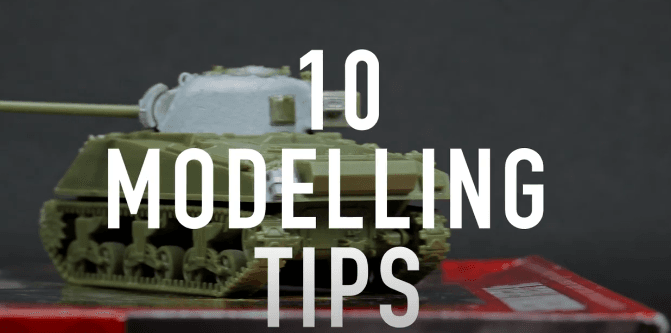Model building is a fun and creative hobby that allows you to construct miniature replicas of real-world objects, from cars to airplanes and everything in between. Whether you are a beginner or an experienced builder, these 10 expert tips and tricks will help you refine your skills and bring your models to a professional level. Along with each tip, we will also suggest images to help you better understand and apply these ideas in your projects.
1. Save and Reuse Spare Sprues
Spare sprues are often leftover parts from model kits that many builders tend to discard. However, these small bits can be very useful for future projects. You can heat and reshape them into small details like antennas, nozzles, or tiny tubes. By keeping a collection of spare sprues, you save money and enhance the level of detail in your models without having to buy additional materials.
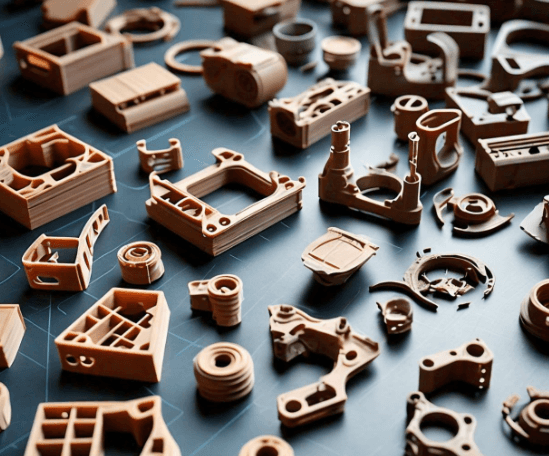
2. Highlight Mold Lines with a Marker
Most plastic models have small mold lines created during the manufacturing process. These lines can ruin the smooth appearance of your model if not removed properly. Use a black marker to highlight these lines before sanding them away. This way, you can clearly see where the lines are and ensure you don’t miss any spots. For even better visibility, apply a thin coat of primer to reveal the lines more clearly.
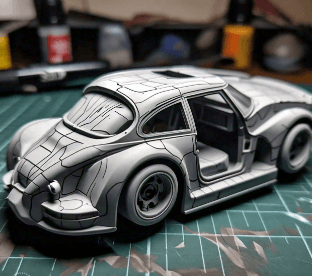
3. Use Thin Aluminum Tubes for Small Metal Parts
Thin aluminum tubes are perfect for creating realistic small metal parts, such as exhaust pipes, door locks, or engine details. These tubes are easily available at hobby stores and can be cut and shaped as needed. They add a metallic touch to your model that looks much more realistic than plastic alternatives.
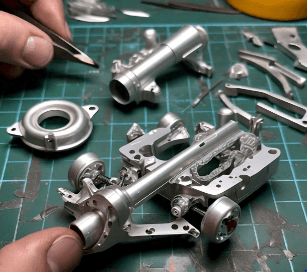
4. Repurpose Old Antenna Tubes
Old antenna tubes from broken gadgets can be a great addition to your model building supplies. These tubes are sturdy and flexible, making them ideal for creating silencers, exhaust pipes, or other metallic details. You can also apply a heat treatment to change the tube’s color for added realism.
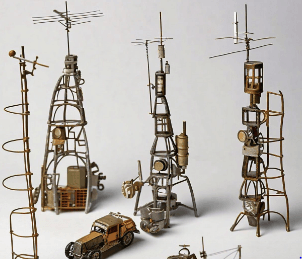
5. Use Wires for Brake Lines and Fuel Lines
Detailing is key in model building, and using steel wires for brake lines and fuel lines can make a big difference. Choose wires of different gauges to match the scale of your model. Attach them to engine components and other mechanical parts for a realistic finish. You can paint the wires for added realism.
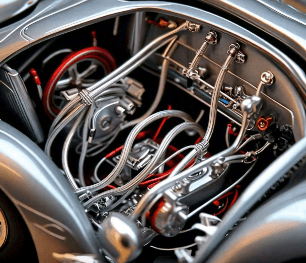
6. Utilize Electrical Wires for Flexible Tubes
If you need thick, flexible tubes for your model, electrical wires are a great option. Strip the outer insulation and replace the inner wire with a thicker one for added flexibility. These can be shaped to fit the design of your model and add a level of detail that is hard to achieve with plastic parts.
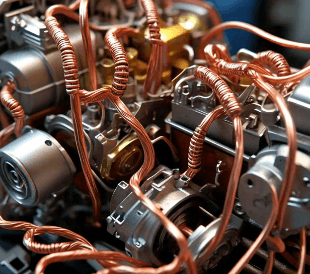
7. Use Bridal Pins for Valve Stems
Bridal pins are a simple and effective way to create realistic valve stems for your model’s wheels. Cut off the wider end of the pin and glue it to the rim. This small addition can make a big difference in the overall appearance of the wheels, adding a touch of realism.
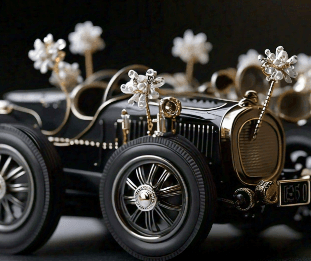
8. Create Your Own Rust Paint
To give your model a realistic weathered look, make your own rust paint using steel wool and white vinegar. Place the steel wool in a container with vinegar and leave it for a few days. The resulting mixture can be applied to your model for a realistic rust effect. This technique is commonly used by furniture makers for giving an antique finish.
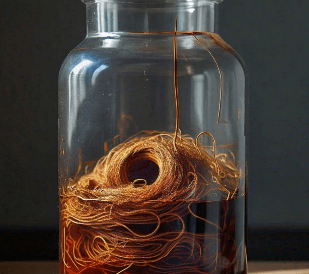
9. Cut Masking Tape on a Glass Cutting Board
When using masking tape for painting straight lines, always cut it on a glass cutting board. This keeps the tape edges clean and free from dust, which can ruin your paint job. A clean edge ensures a sharp line and a professional finish on your model.
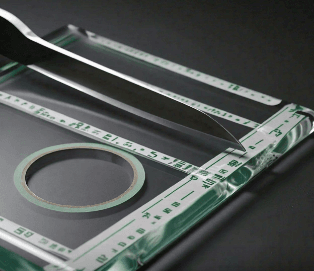
10. Remove Mold Lines from Rubber Tires with a Power Drill
Rubber tires often have mold lines that can be difficult to remove by hand. Use a socket and a power drill to make the process faster and more efficient. Secure the tire in the socket, then use the drill to spin the tire while you sand away the mold lines. This method ensures a smooth and even finish.
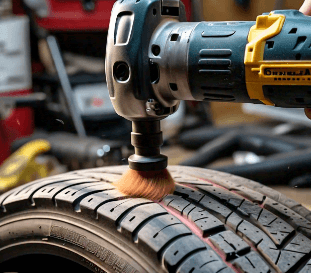
Conclusion
These 10 tips and tricks will help you take your model building skills to the next level. By implementing these techniques, you can add realistic details and achieve a professional look for your models. Whether you are building your first kit or enhancing your collection, these ideas will be valuable tools in your model building journey.
Note
The following expert tips and tricks have been gathered from a fantastic video on scale model building by June’s Mini Garage. After watching the video and learning from the hands-on experience shared, I’ve summarized these valuable insights into a detailed guide to help you improve your model building projects. Whether you’re a beginner or an advanced modeler, these practical techniques will help take your skills to the next level. You can also watch the full video [19 Tips and Tricks for Scale Modelers]to see these tips in action, with step-by-step demonstrations for each trick.

